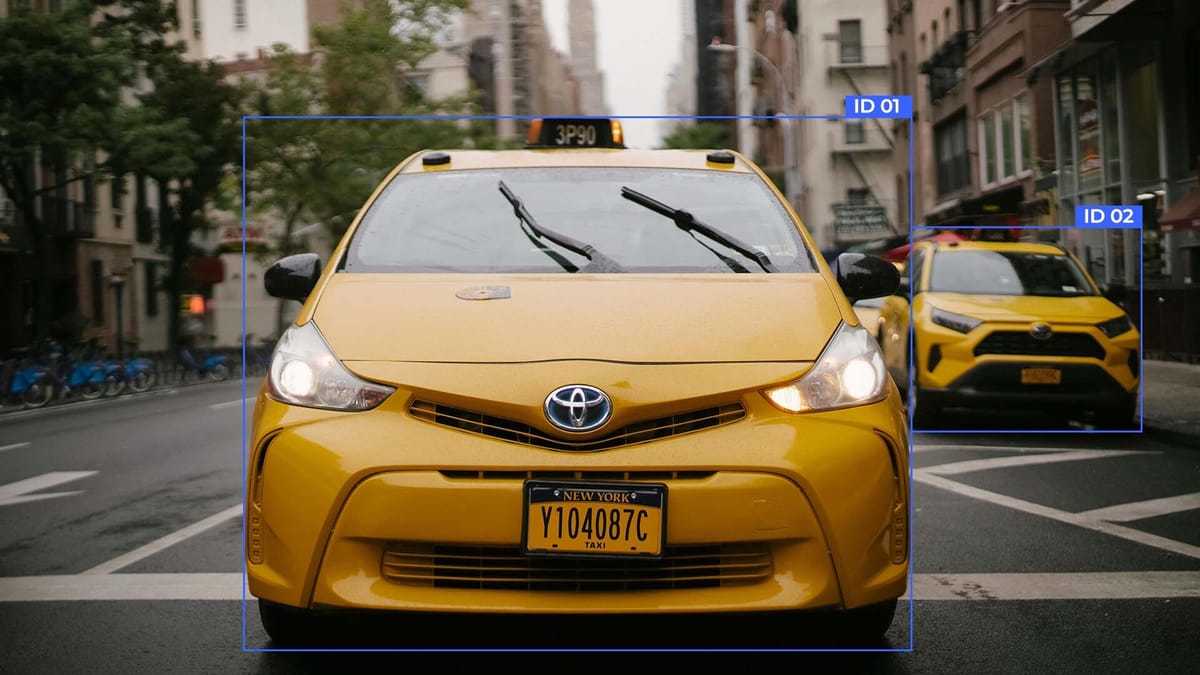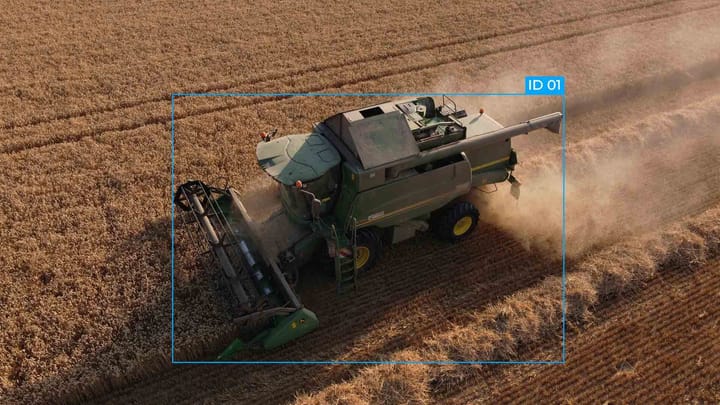On-Device Annotation: Labeling Data for Real-Time Models

Cloud-based labeling methods are facing new hurdles as the need for data models grows. So, on-device annotation uses edge AI to label data where it is created instantly. On-device annotation has revolutionized how data is processed and used in machine learning. It maintains confidentiality and does not transmit data to servers.
Key Takeaways
- On-device annotation annotates data in real time.
- Reduces reliance on cloud resources and improves machine learning efficiency.
- Local processing ensures data privacy and security.
- On-device annotation tools minimize bandwidth usage.
Definition and Purpose
Markup tools work directly on the device without sending data to a server. They provide fast annotation, reduce latency, and increase control over data.
On-Device Annotation in Machine Learning
The ability to annotate data in real time is essential for fast model training. It reduces data transmission latency and allows for adaptive models.
Speed is a criterion for such applications. It is for projects with autonomous driving or health tracking through mobile applications. On-device labeling tools accelerate the system's responsiveness, integrating with machine learning.
Computing Overview
Edge computing powers on-device labeling tools. It processes data, reducing latency and the burden on cloud resources. It also performs local computation for feedback.
Regulations like the FDA for medical devices require accurate and fast data processing.
User Interface and Usability
The interface of these tools is user-friendly and suitable for advanced users and beginners. It makes machine learning tasks easier. Optimizing work allows teams to save half of the annotation time and get quality results.
Tools such as Labelbox, Keylabs, Supervisely, and VGG Image Annotator are easy to use. They allow users to interact comfortably with the software.
Security and Privacy
Data security and privacy in AI are essential in areas such as healthcare. They encrypt and control access to data. LP systems (ETHER, I2E, MetaMap) improve the protection and security of patient data by removing information from drug labels. Security protocols are used in applications to protect data.
Proper labeling is essential for regulatory compliance and user safety. Check this Keylabs blog for Improving Medical Diagnostics with AI-Powered Image and Video Annotation.
Reduced Latency in Data Annotation
Cloud-based solutions require more time to transfer data and slow the annotation process. The advantage of on-device tagging is fast data annotation.
Low cloud dependency
Tagging data on-device reduces the need for cloud services for storage and processing, which reduces operational costs and the risk of data leakage. Companies like Apple and Google use edge computing for performance and reliable data processing.
Strong data privacy
Data is processed and stored locally, reducing the risk of data leakage. This makes it suitable for industries like healthcare and finance, where data privacy is a concern. The processing and storage mechanisms adhere to strict data privacy rules.
On-device labeling tools
On-device labeling tools are essential for achieving real-time data annotation. Labelbox, Keylabs, Supervisely, and VGG Image Annotator have advantages ranging from versatility and scalability to simplicity and convenience.
Labelbox
Labelbox is an on-device labeling tool with an iterative workflow. It performs accurate data labeling and optimizes datasets. Labelbox's feature is its universal processing of many data types: images, text, audio, and video. It simplifies labeling processes in various ML applications.
Supervisely
Supervisely monitors and scales AI projects facilitates effective team management during data annotation, supports various data formats, and has a sophisticated plugin system that functions according to the project's needs.
Keylabs
Keylabs specializes in data annotation for AI and machine learning. The platform supports large-scale image, video, and 3D data labeling projects. Automated quality control systems ensure accuracy and reduce annotation errors. Keylabs works with projects in the following industries: healthcare, autonomous vehicles, and security.
VGG Image Annotator
VGG Image Annotator (VIA) is designed for image annotation. Its user-friendly interface makes it accessible to beginners, and it provides fast and accurate annotations.
Using built-in markup tools
On-device markup tools hold promise in various areas, from autonomous driving to mobile apps, AI, and the Industrial IoT.
Autonomous Vehicles
On-device labeling tools enable rapid decision-making using machine learning applications. The NVIDIA platform, integrated with synthetic data labeling systems, accelerates development time. It accelerates the development of autonomous vehicles. Rapid annotation and increase in the accuracy of AI models for autonomous vehicles.
Mobile Application Development
Building responsive and mobile apps becomes more accessible by integrating on-device annotation tools. The Appen Data Annotation Platform, integrated with the NVIDIA Transfer Learning Toolkit, eliminates the time-consuming manual annotation process. It allows developers to focus on innovation and user interaction, making mobile apps more intuitive.
Industrial IoT Solutions
In industrial IoT, labeling tools enable actionable insights from data from multiple devices. Platforms like Labelbox and Clarifai provide tools to quickly annotate datasets compatible with Transfer Learning Toolkits (TLT).
Data sets are essential for the robustness of machine learning models, as 85% of all machine learning projects fail to reach deployment due to a lack of quality training data.
These tools handle various data formats for CSV, JSON, or XML annotations and perform various labeling tasks: classification, object recognition, sentiment analysis, and object detection.
Challenges in Implementing On-Device Tagging
On-device tagging tools have challenges that need to be overcome to reach their full potential
Practices for using embedded labeling tools
Industry practices ensure stability, help users work effectively with real-time tools. Strategies include training, updates, and quality control.
User Training and Support
Training tailored to users’ technical skills allows for rapid completion of complex data annotation tasks. Feedback mechanisms support adaptation to new technologies.
Updates and Maintenance
Updates and maintenance keep your device labeling tools up and running. Rapid development requires tool updates to protect against security threats and new technologies. Updates also ensure regulatory compliance, which is important for industries like medical devices.
Quality Assurance Methods
Quality control methods like auditing, versioning, and automatic error correction ensure data labeling accuracy, which improves the performance of machine learning models and ensures user trust.
FAQ
What is an on-device annotation?
On-device annotation is the annotation of data on the device where it was created. This method uses edge computing to process data in real-time.
Why is on-device labeling important in machine learning?
Reducing latency and resource usage is important in machine learning. Local data processing allows for more efficient model training, making real-time applications more practical.
How does edge computing support on-device labeling tools?
Data processing occurs directly on the device, which reduces latency, making markup faster and more efficient.
What are the key features of on-device labeling tools?
These include real-time processing for fast annotation, user-friendly interfaces, and security measures.
How do on-device labeling tools enhance data privacy?
They process and store data locally. This approach reduces data leakage and ensures a high level of privacy.
What are popular on-device labeling tools?
Popular tools include Labelbox, Keylabs, Supervisely, and VGG Image Annotator. Labelbox supports various data types, Supervisely manages and scales AI projects, and VGG Image Annotator excels in image annotation simplicity and effectiveness.
In which areas are on-device marking tools needed?
In areas such as autonomous vehicles, mobile application development, and the industrial IoT.
What are the challenges in implementing on-device labeling?
These include resource constraints on peripherals, difficulties with workflow integration, and consistency of annotations across devices.
What are the methods for using on-device labeling tools?
A method for thorough training and support, tool updates and maintenance, and quality assurance.



Comments ()